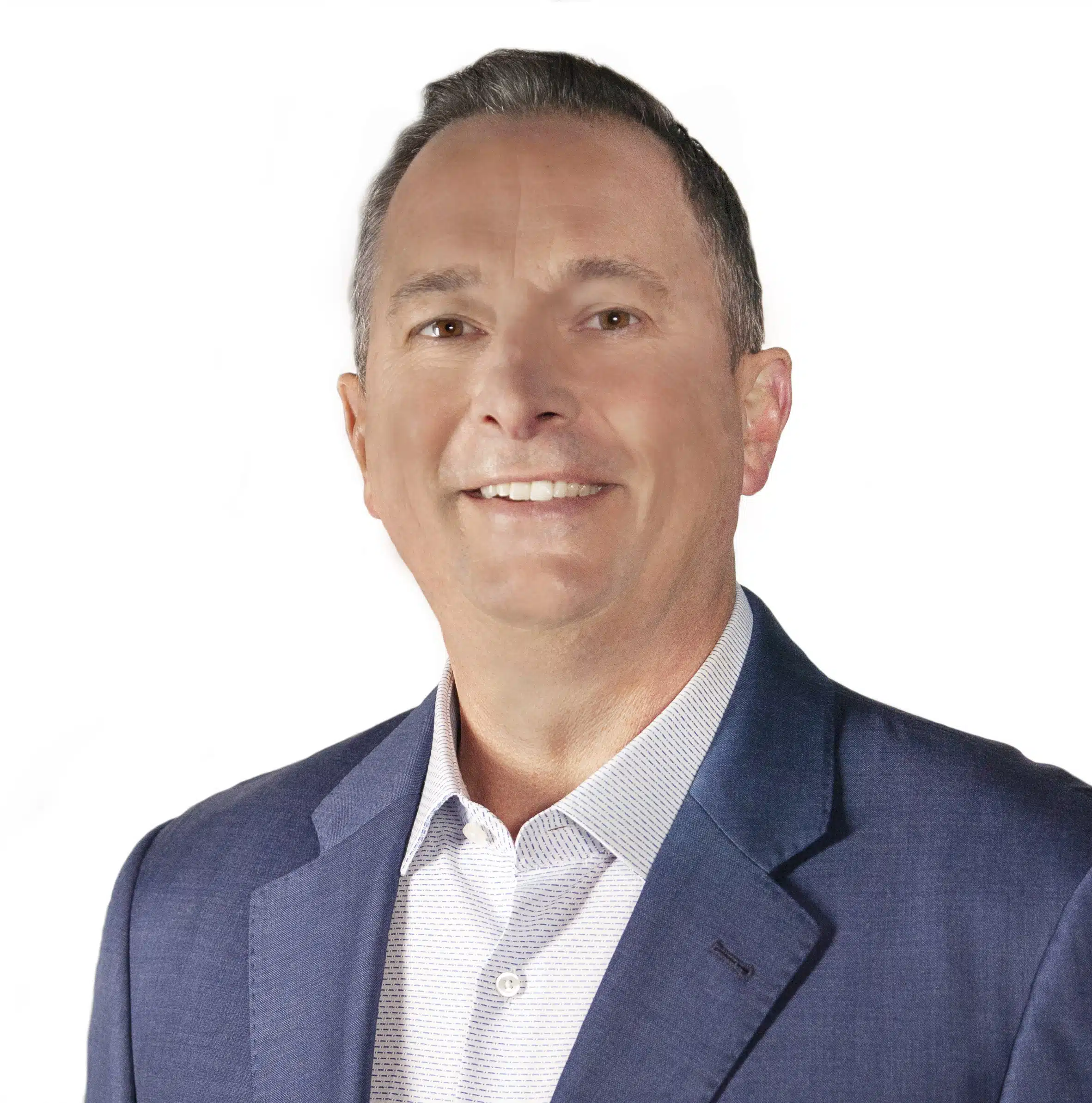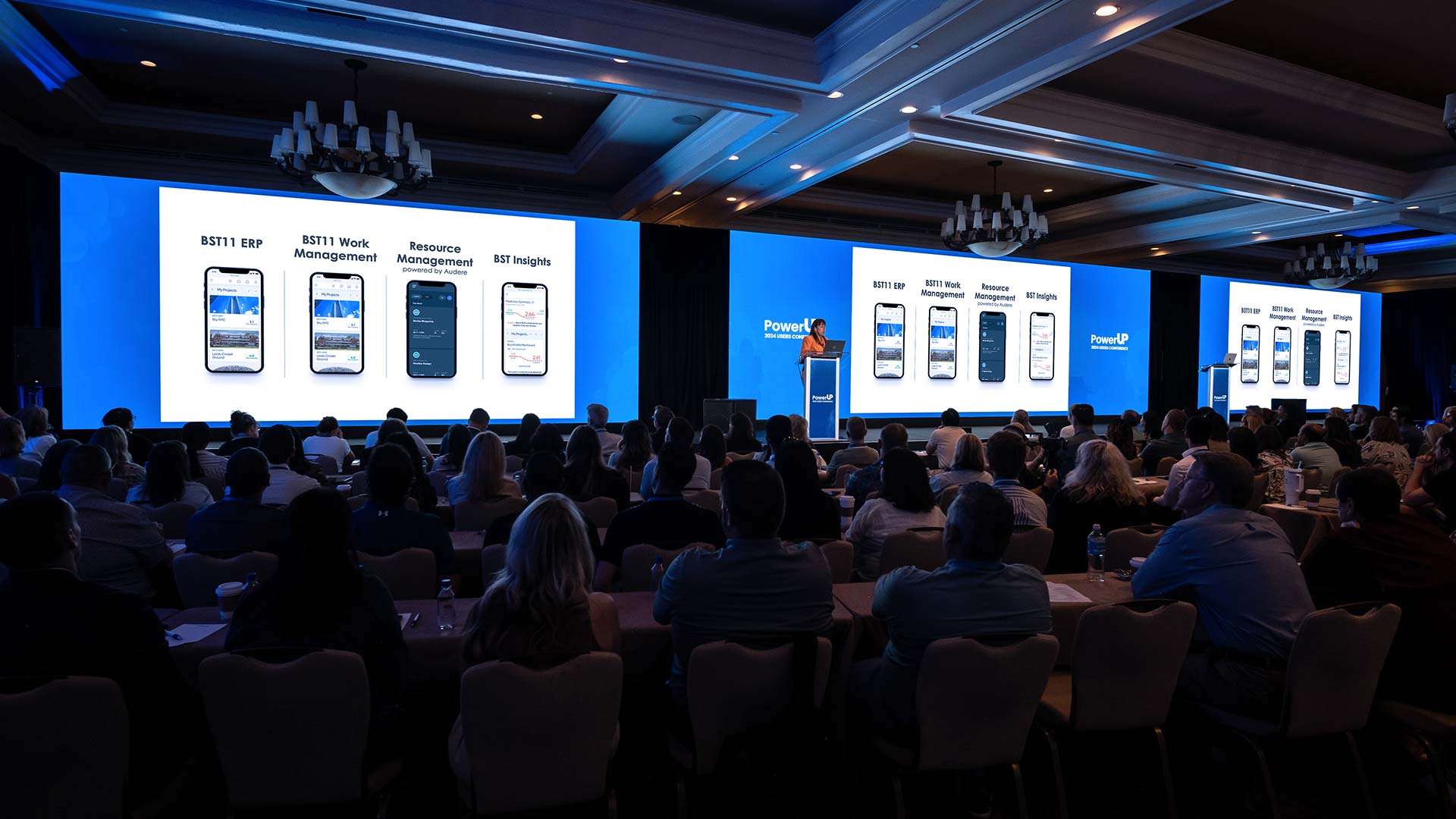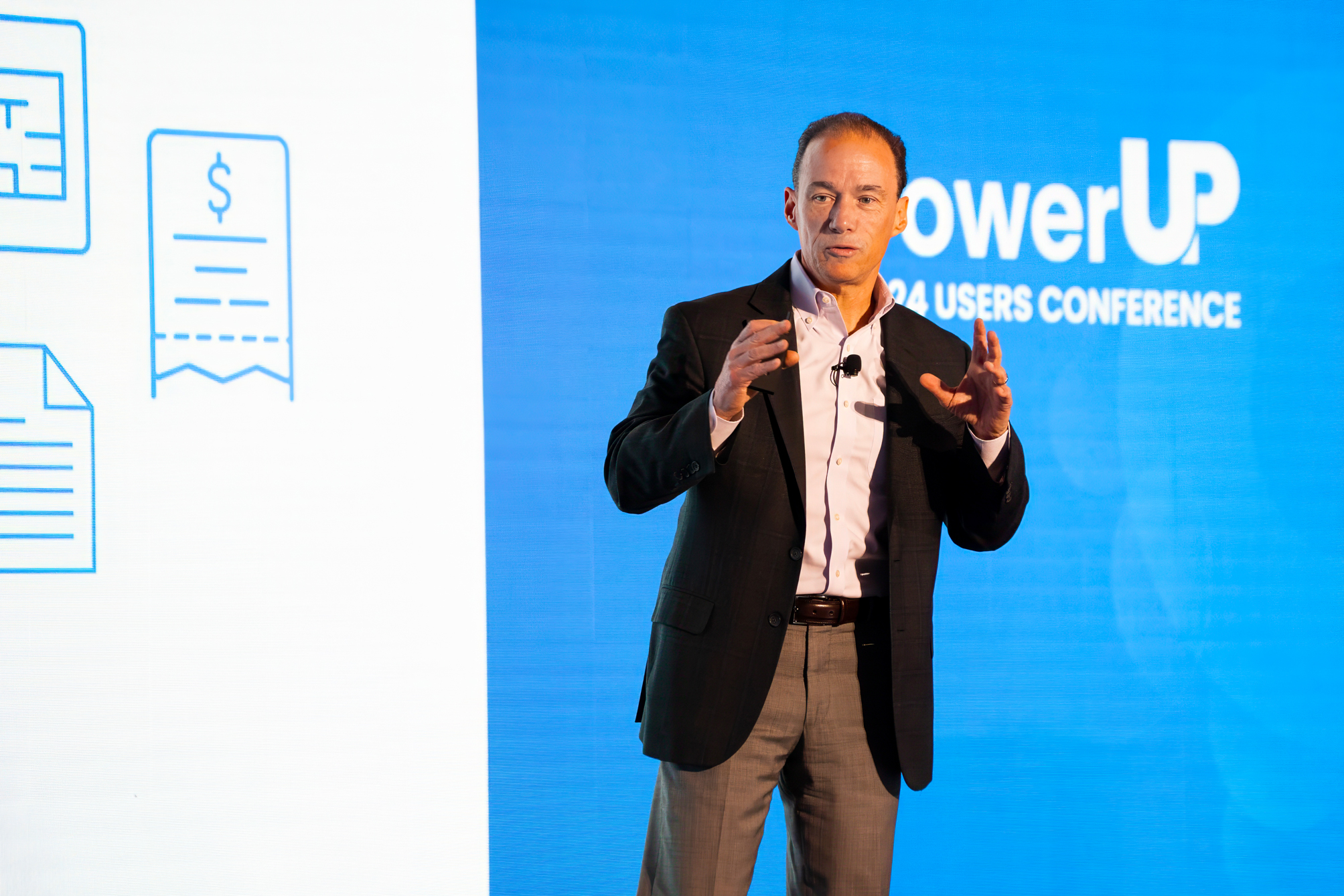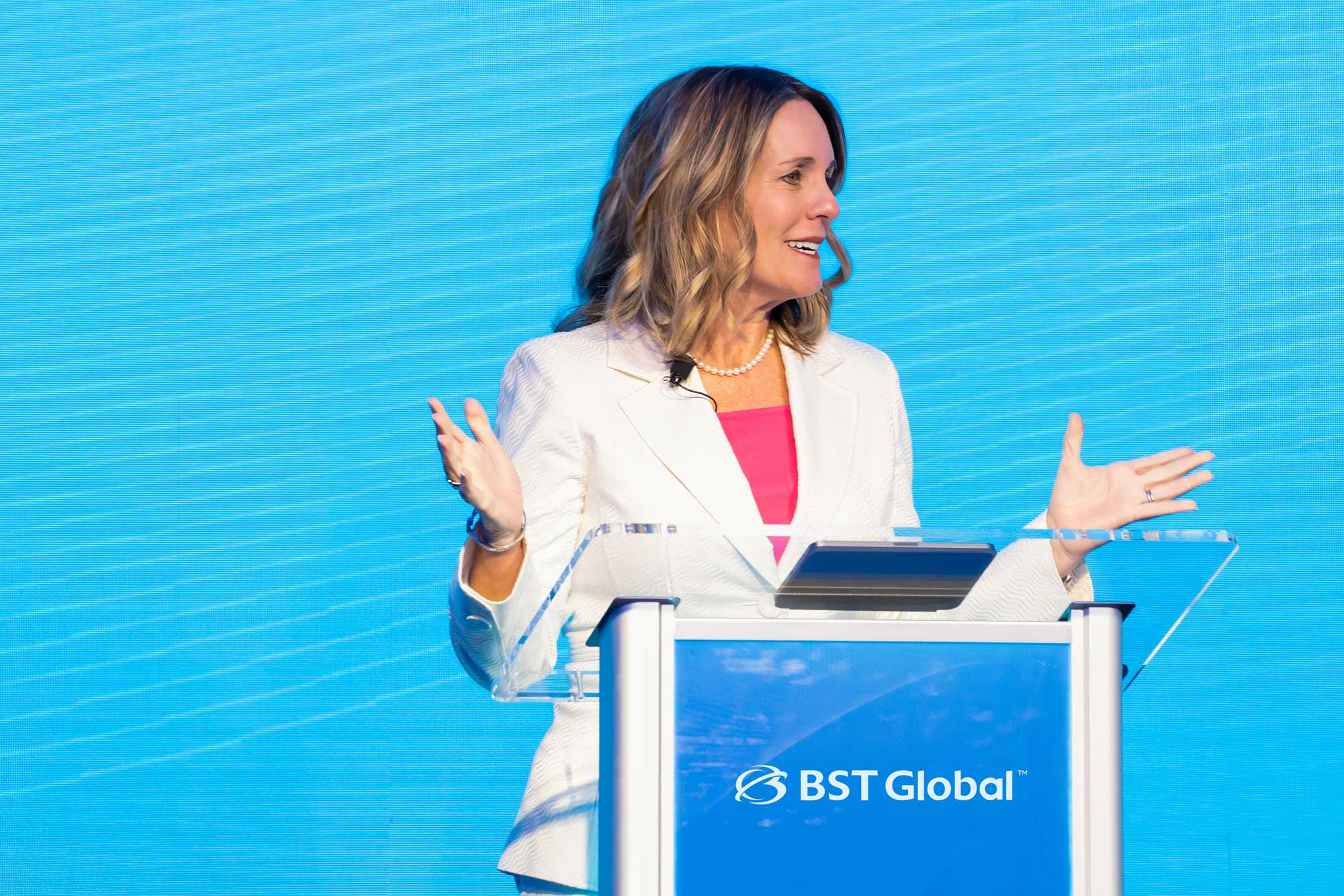
EFCG’s 33rd Annual CEO Conference engaged CEOs, presidents and COOs on the industry’s biggest challenges. The conference took place in New York, NY, September 28–30, 2022. During the conference, attendees had the opportunity to:
- Hear EFCG’s analysis of the state of the AEC industry based on its annual CEO survey
- Connect with experts and industry leaders as they discussed today’s top M&A, financial, and strategic trends and innovations
- Network with peers across a three-day experience
BST Global was proud to participate in two sessions during the conference. On September 29, BST Global Chief Executive Officer Javier A. Baldor presented “How AI + Big Data Will Transform the AEC Industry.” This session examined the unique opportunity AEC firms have to leverage artificial intelligence, machine learning and big data to foster the data-driven consultancy of the future, which is built on project intelligence™ and powered by predictive analytics.
Javier said, “A true, data-driven consultancy will unlock the efficiencies and predictive capabilities needed to help teams manage projects better and meet the ESG imperative before us.“
Javier continued, “Becoming a data-driven organization begins with a thoughtful big-data strategy that can easily mash data across different dimensions, secure it, and leverage AI and machine learning to make the data smart and predicative. You can then correlate project data with social data, or environmental data with financial data to derive powerful insights from it.”
“I strongly believe we also need to fundamentally change the historical data paradigm, whereby data only flows one way: up from staff to leadership for management reporting. This should be replaced with a smart, data-driven model that democratizes data for all. Professionals at all levels in this new paradigm personally benefit more from the data they are being asked to enter and have the opportunity to be empowered by this smart data. I truly believe that democratizing your data is the key to successful ‘digital workforce of the future’ initiatives.”
Javier then shared details around BST Global’s machine learning approach with phases focused on prediction, detection and optimization. The session concluded with an example of machine learning at work on real client data around revenue leakage using Net Labor Multiplier as a leading indicator.
Later, Javier joined Bruce Crawford from Jacobs, Bryan Carruthers from Answer, and Rachel White from Arcadis Gen for a panel discussion titled “Innovation Culture Counterbalance: Move Fast, Don’t Break Things.”
The panel noted that as AEC firms increasingly work to build creative high-performance cultures, many feel tension between the need to accelerate innovation and the desire to preserve the traditional engineering mindset. The executive panelists discussed the challenge of working through this tension, and how they’ve found ways to use an innovation culture to build (not break) their business and unlock more value for their clients.
After thanking EFCG for giving him an opportunity to participate on the panel, Javier opened up by sharing that it’s very clear that engineering and design consultancies in the built environment are applying the latest technological advancements — augmented reality, virtual reality, digital twin, drones, AI, data analytics and big data — in the technical delivery of projects to their clients.
He then discussed that in the past three decades, things have fundamentally not changed when it comes to the way projects are estimated, managed and staffed.
“We need to move from the notion of principally accounting for projects to a new way of fostering a ‘smart’ data-driven consultancy centered on leveraging project intelligence™,” Javier explained.
Javier continued, ”In my opinion, the money in a consultancy is made or lost at the project level, one project at a time. The challenges we have seen after interviewing hundreds of firms around the world in the past couple of years stem from project managers and teams not using their firm’s ERP and business systems. Instead, they use Microsoft Excel for everything. When we asked them why, they said ERP systems are too complex, are convoluted and extremely poorly designed. The tools the PMs use are all reactive in nature, offering only a rearview look at how the project has done from the accounting perspective.”
Javier then shared some key industry statistics. According to the Clarity Report, approximately 17 years ago, utilization stood at 61.50%. Since then, it had actually gone down to 58.50%. SPI Best of the Best performance advantage (top 30) sits at 74.50%. That’s a prize of about 17%. Additionally, according to EFCG, median profitability was at 11.4% roughly 16 years ago. In 2021, it was at 13%. SPI Best of the Best performance advantage (top 30) sits at 26.50%. That’s a prize of 13.50% as well.
“I believe that we have a fundamental opportunity gap that is within reach,” Javier explained. “In effect, we need to create a ‘Waze for projects,’ leveraging the digital signals generated by projects to predict outcomes so PMs can course-correct — just as Waze uses data from other users to reroute you around a traffic jam.”
With opening remarks completed for all panelists, Session Moderator Marcus Quigley asked the panelists a series of questions for open dialogue.
| Question: What ways have you worked to build a culture of innovation and what role does intentional leadership play in moving a company forward? What does effective innovation leadership look like? | |
 |
Javier’s Response: “There are three dimensions to this:“
|
| Question: Do you see impacts to those firms that don’t move fast enough or are less intentional in their approach? | |
 |
Javier’s Response: “To put it simply, they are not relevant to their clients or even their employees. This is a dangerous position to be in.” |
BST Global appreciates the opportunity to participate in events like these, and looks forward to future engagements. Check out our Events page to find out where else we’ll be — we’d love to see you at some of our sessions!



